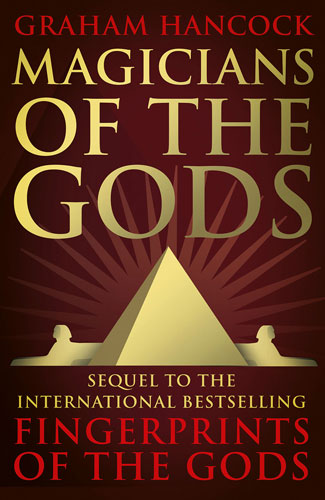News Desk
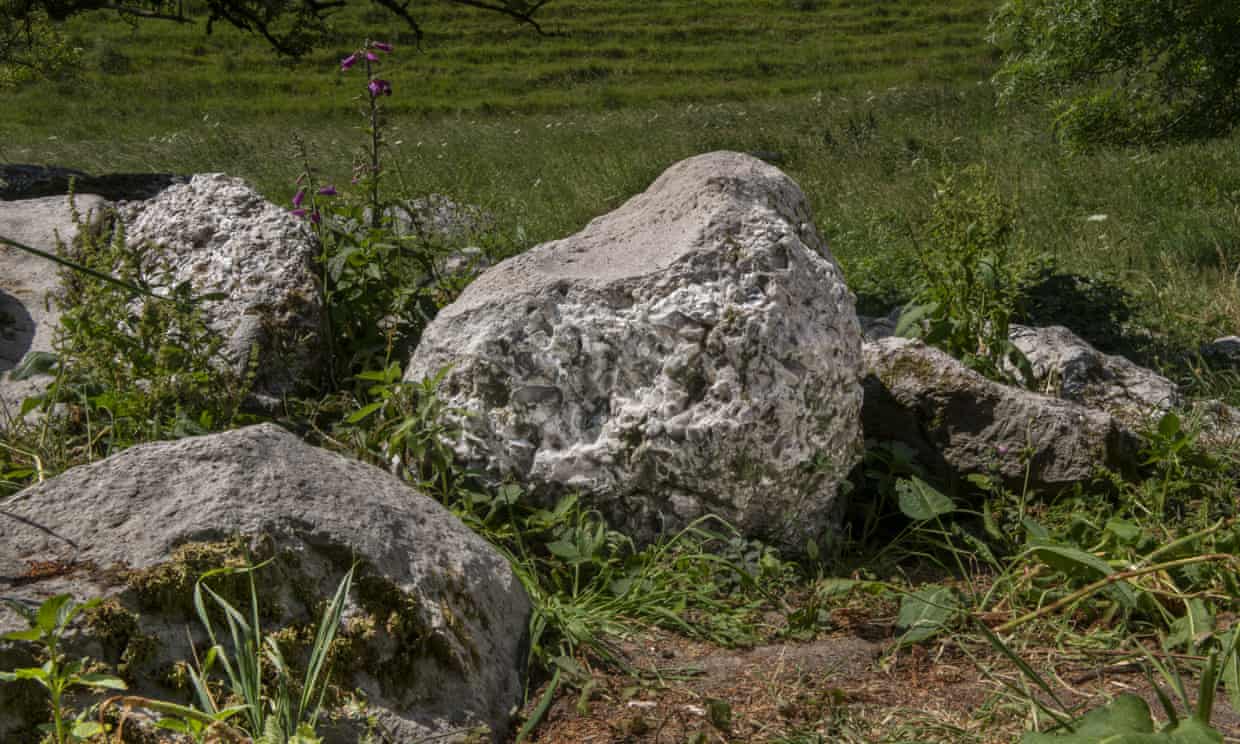
‘Polissoir’, discovered in Valley of Stones nature reserve, was used about 5,000 years ago to hone tools such as axes.

The findings, published in the Journal of Affective Disorders, highlight the importance of experiential avoidance as a potential mechanism underlying the positive effects of psilocybin therapy.

They say what goes around comes around, but it’s unlikely the saying was supposed to ever refer to meteorites. And yet here we are. Scientists are seeking to confirm that a black rock discovered in Morocco in 2018 departed Earth’s pull for outer space, only to return to it like a prodigal child.

New research suggests humans lived in South America at the same time as now extinct giant sloths, bolstering evidence that people arrived in the Americas earlier than once thought.

Much of the moon’s surface is 200 million years older than previously estimated, a new analysis suggests.

By marrying the existing expanding Universe theory with a fringe explanation called the tired light hypothesis, Gupta has found the Big Bang could have taken place an astonishing 26.7 billion years ago. That’s twice as old as current models predict. This research was published in the Monthly Notices of the Royal Astronomical Society.

The launch of ever-capable large language models (LLMs) such as GPT-3.5 has sparked much interest over the past six months. However, trust in these models has waned as users have discovered they can make mistakes – and that, just like us, they aren’t perfect.

A pod in the strait of Gibraltar has sunk three boats and damaged dozens of others, and their story has captivated the world. What explains this unprecedented behaviour?
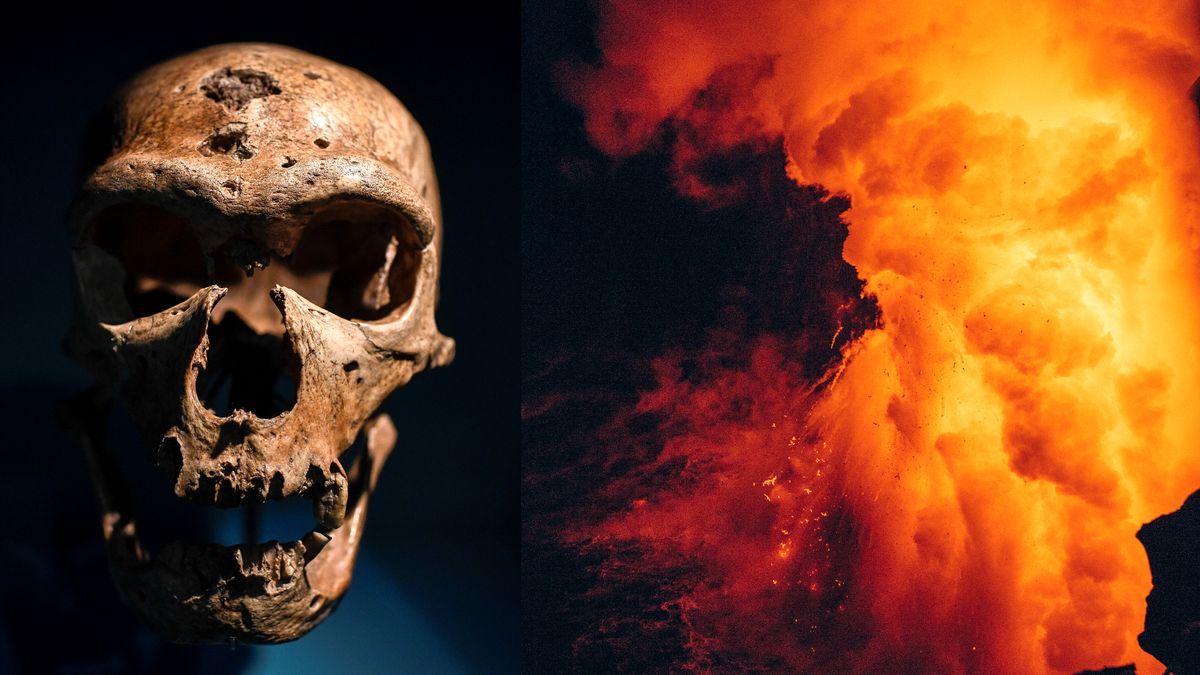
The volcano beneath Italy erupted 40,000 years ago and had catastrophic impact on Earth’s climate — around the same time that the Neanderthals began their slow march to extinction.
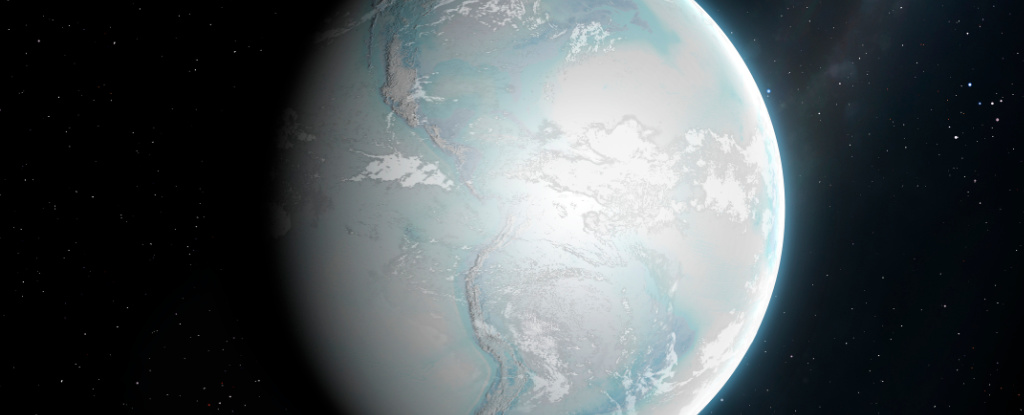
Scientists think they’ve uncovered evidence of the oldest glaciers ever found, in ancient rocks speckled with oxygen isotopes lying beneath the world’s largest gold deposits in South Africa. The study was published in Geochemical Perspectives Letters, with further results presented at the European Association of Geochemistry and the Geochemical Society’s Goldschmidt Conference.

Ancient stars born during the Cosmic Dawn have been identified in the center of the Milky Way. As part of a survey to uncover some of the oldest known stars in the Universe, scientists conducted a comprehensive search for these ancient but elusive stars. Their findings have been presented at the UK’s annual National Astronomy Meeting.
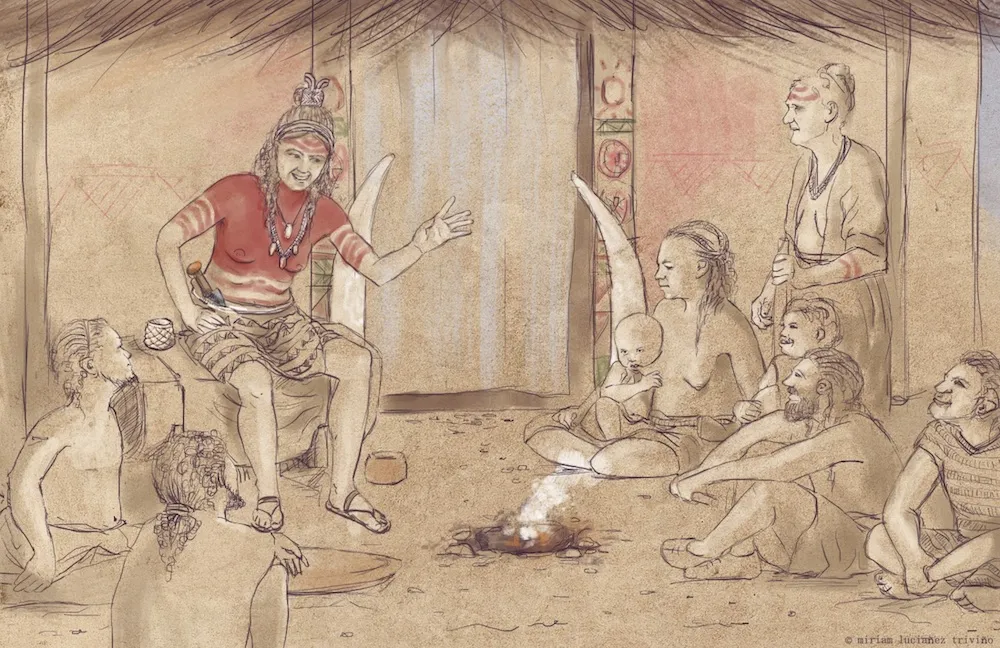
Since its discovery in 2008, the skeleton of a high-ranking individual buried inside a tomb in the Iberian Peninsula between 3,200 and 2,200 years ago was thought to be the remains of a man. However, a new analysis reveals that this person was actually a woman.
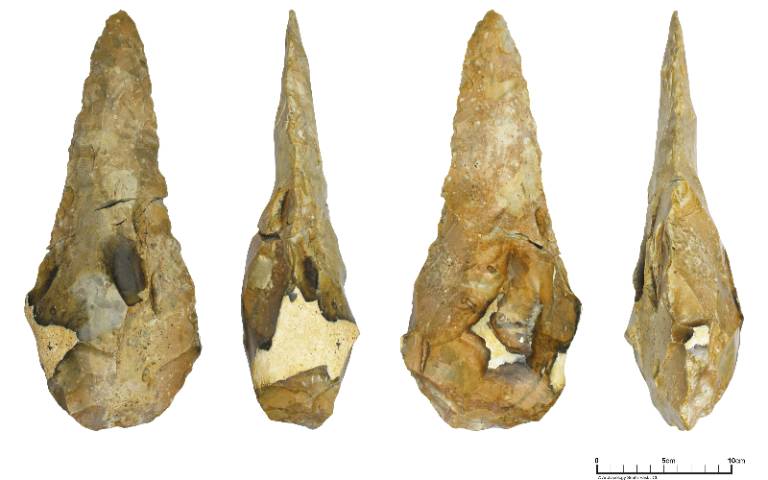
The researchers, from UCL Archaeology South-East, discovered 800 stone artefacts thought to be over 300,000 years old, buried in sediments which filled a sinkhole and ancient river channel, outlined in their research, published in Internet Archaeology.
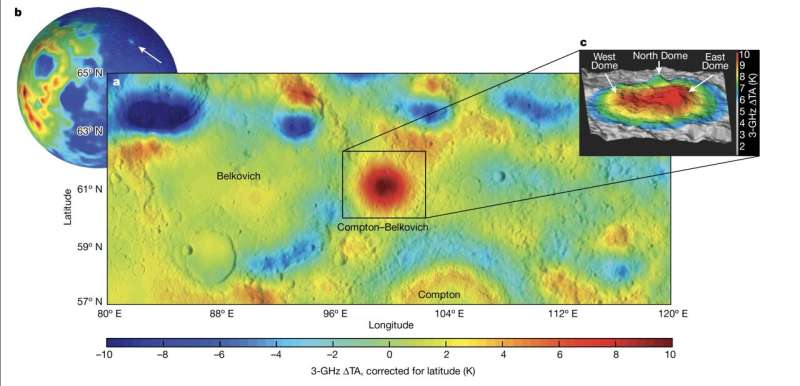
A large formation of granite discovered below the lunar surface likely was formed from the cooling of molten lava that fed a volcano or volcanoes that erupted early in the moon’s history—as long as 3.5 billion years ago.

Alexander Beiner was dosed intravenously with the powerful hallucinogenic DMT as part of a clinical trial at Imperial College London. In the months afterwards, he found himself changing in some interesting ways.
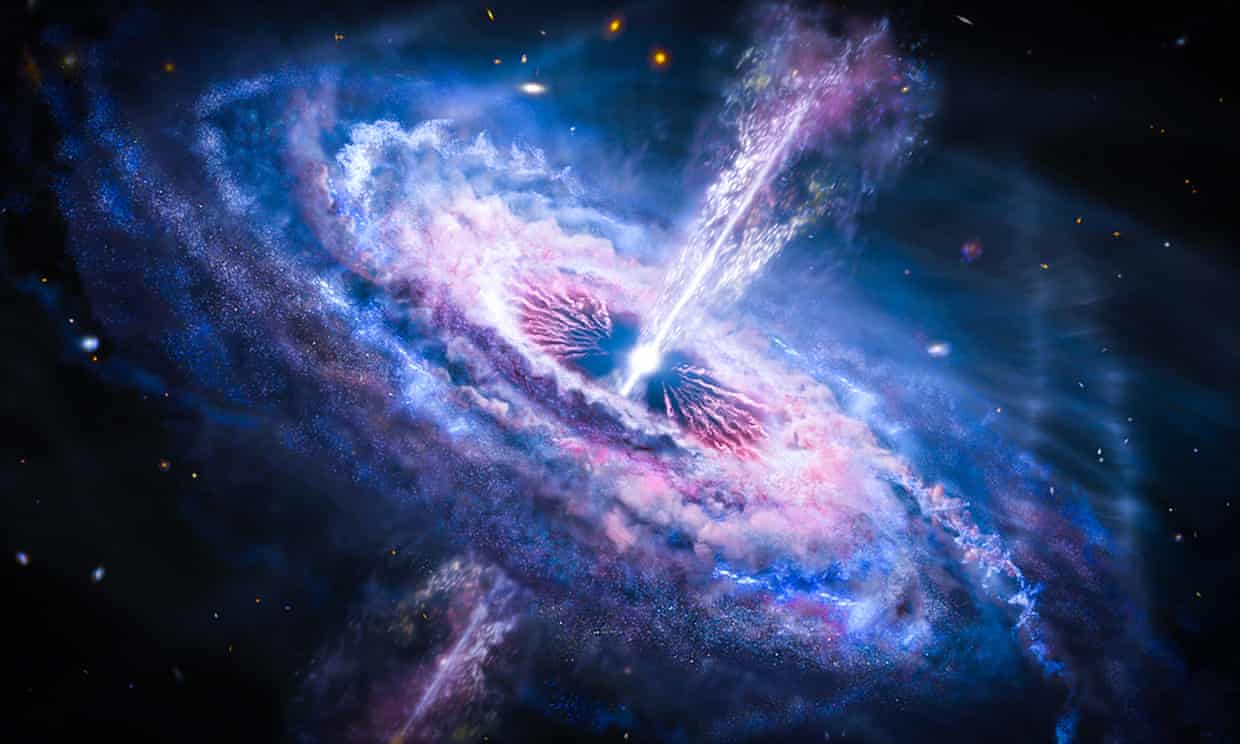
Events appear to unfold five times slower when the universe was a tenth of its present age, in effect, predicted by Einstein.








